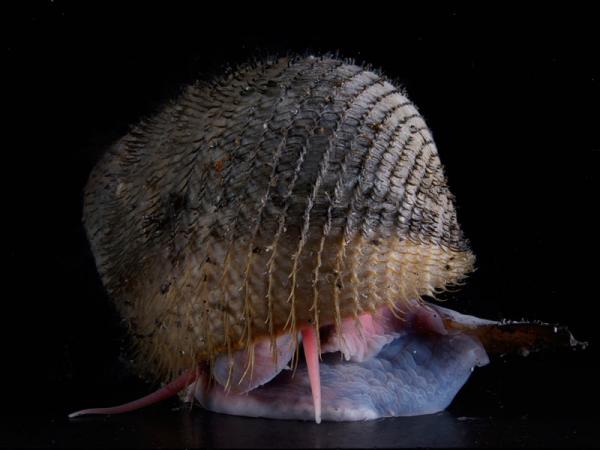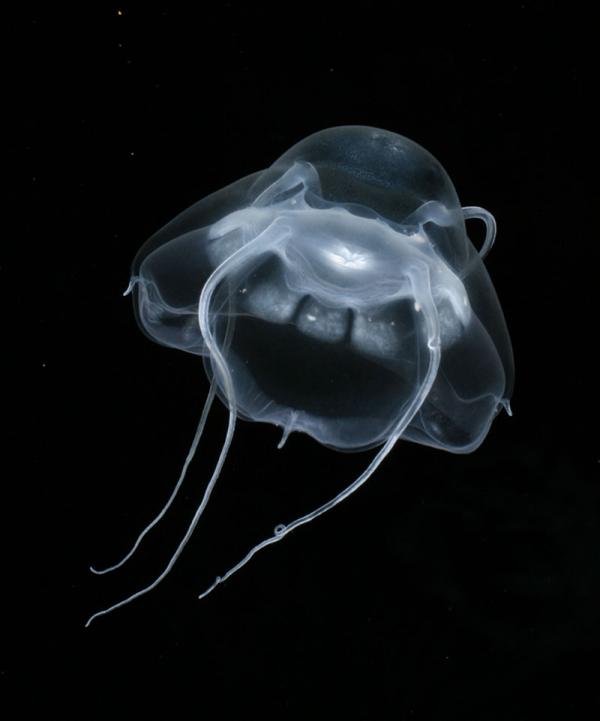Gallery: Creatures from the Census of Marine Life

Marine Dragon

Imagine living in the sea where it is permanently dark, cold, and food is scarce. Many animals at this depth may go weeks or months between meals. If you find something to eat, you have to hang on to it. This is why so many deep-sea fishes have lots of big teeth. This dragonfish even has teeth on its tongue! They would be terrifying animals if they weren't the size of a banana.
Marine Census Album Fathead

A Fathead (Psychrolutes microporos) trawled during the NORFANZ expeditions at a depth between 1013m and 1340m, on the Norfolk Ridge, north-west of New Zealand, June 2003.
Marine Census Album Vampire Squid

Vampyroteuthis, or vampire squid, is a cephalopod that lives in the oxygen minimum zone of Monterey Bay, California, at depths of 600-900 meters.
Marine Census Album Sea Snail New

Alviniconcha sp. (Hydrothermal vent snail) Suiyo Seamount. This snail inhabits deep-sea hydrothermal vents. This individual is probably a new species, and only a single specimen has been discovered to date. Where are its peers?
Marine Census Album Lepto New

Male of the new species Leptocheliidae sensu lato, collected at Ningaloo (NW Australia)
Marine Census Album Medusa

A new species of hydromedusae, Bathykorus bouilloni, common below 3,280 feet (1000 meters). Hundreds of these creatures were observed by a remotely operated vehicle in the Arctic, showing that a new species can be common in a habitat.
Get the world’s most fascinating discoveries delivered straight to your inbox.


